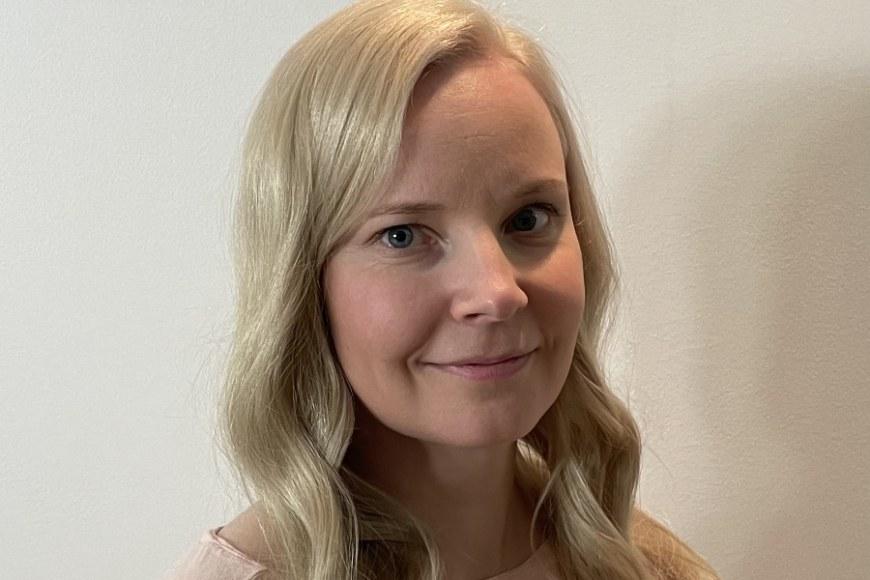
Many physiological functions, including hormone secretion and cellular functions, as well as psychological and behavioural rhythms are under the control of the human circadian clock. Psychological symptoms such as insomnia and depressed mood are associated with evening chronotype, while exposure to UVR is known to induce a chain of neural and humoral reactions that may involve mood enhancing effects.
The present studies of which the dissertation of M.D. Anna Toledo is composed aimed, by means of immunohistochemical (IHC) staining of skin biopsies, to shed light on the biochemical background of UVR-related tanning dependence in a sample of healthy volunteers (Study I), and through questionnaires the association of tanning dependence and symptomatic seasonality among a cohort of sunbathers in Southern Finland (Study II). It was also studied whether the narrowband-UVB (NB-UVB) exposures elicit a change in mood states differently depending on chronotype, and if such change may be associated with skin-borne circulating mediators (Study III).
In study I, the 12 healthy volunteers received whole-body NB-UVB exposures. Seven volunteers received only one standard erythema dose (SED) on day one, whereas five other volunteers received a total cumulative dose of 3 SED (1 SED + 2 SED) on two consecutive days. The skin biopsies were taken 24 hours after the last NB-UVB exposure. The IHC staining showed, as a novel finding, increased epidermal β-END expression in 11 out of 12 samples and also, as expected and previously reported, an increase in nuclear p53 expression in all 12 samples. NB- UVB-induced changes in the expression of pro-opiomelanocortin (POMC) and α- melanocyte stimulating hormone (α-MSH) were only detected in single volunteers. It was summarized that NB-UVB increases β-END expression effectively in epidermal keratinocytes in vivo. Similar findings have been reported in animal and cell culture studies. NB-UVB-induced cutaneous β-END expression may be the key link to tanning dependence.
In study II, the frequency of tanning dependence or abuse and symptoms of SAD among Finnish sunbathers were evaluated using the Structured Interview for Tanning Abuse and Dependence (SITAD) and the Seasonal Pattern Assessment Questionnaire (SPAQ). Out of 229 sunbathers, 18 (7.9%) met the criteria of tanning dependence and 59 (25.8%) tanning abuse. In addition, 60 (26.2%) of respondents had symptoms equivalent to subsyndromal seasonal affective disorder (S-SAD) and 37 (16.2%) equivalent to SAD. It was summarized that sunbathing dependence or abuse and SAD or S-SAD were frequent among Finnish sunbathers, but showed no statistical connection and appeared to be separate phenomena.
In study III, the healthy subjects received a total of four whole body NB-UVB exposures on consecutive days. Six volunteers received a cumulative dose of 8 SED and five volunteers received a cumulative dose of 7 SED. The mean state of mood, assessed with Visual Analogue Scale (VAS), improved significantly over the five days (p = 0.038). The mood state improved more in those with circadian preference toward eveningness assessed with a shortened version of Horne and Östberg’s Morningness-Eveningness Questionnaire (MEQ), the effect being significant for the change on the VAS-wellbeing dimension (p = 0.021). Mean baseline mood state correlated with baseline circulating 25-hydroxyvitamin D [25(OH)D] (r = −0.54, 95% CI: −0.86 to −0.09) and with baseline circulating cortisol level (r = −0.57, 95% CI: −0.87 to −0.04). NB-UVB exposures significantly improved mean circulating 25(OH)D concentrations of all volunteers from initial mean values of 75.5 ± 28.0 nmol/L to 83.7 ± 27.0 nmol/L, the average increase being 8.3 nmol/L (p < 0.001). Additionally, mean circulating interleukin-6 (IL-6) decreased significantly by −0.35 pg/mL from the initial values of 1.12 ± 0.66 pg/mL to 0.76 ± 0.19 pg/mL, the decrease being significant (p = 0.025). Mean circulating immunoreactive β-END and cortisol levels showed no significant increase or decrease.
It was summarized that four sub-erythematous NB-UVB exposures had a significant impact on perceived mood states, circulating 25(OH)D and IL-6 levels. Improvement in mood was greater among those with preference toward eveningness rather than morningness.
To conclude, in the present three studies with healthy volunteers NB-UVB exposures effectively induced β-END in epidermal keratinocytes of human skin. NB-UVB exposures also significantly increased serum 25(OH)D levels of the 12 volunteers, meanwhile their serum IL-6 levels were decreased significantly. At the same time, we found the mean state of mood of volunteers to improve and this improvement was found to be greater in chronotype “eveningness” than in those presenting with chronotype “morningness”. UVR-related tanning dependence and symptoms of SAD/S-SAD were frequent among Finnish sunbathers, but showed no association.
The doctoral dissertation of M.D. Anna Toledo in the field of dermatology and allergology titled Effects of Narrow-band Ultraviolet B Radiation on Formation of Neuroendocrine Mediators in the Skin and on Mood, and Findings on Tanning Dependence and Winter Blues among Sunbathers will be publicly examined at the Faculty of Medicine and Health Technology of Tampere University at 12 o'clock on Friday 27 August, 2021. The venue is Arvo building auditorium F115, address: Arvo Ylpön katu 34. Professor Sirkku Peltonen from University of Gothenburg, Sweden, will be the opponent while Professor emerita Erna Snellman will act as the custos.
The event can be followed via remote connection.
The dissertation is available online at
http://urn.fi/URN:ISBN:978-952-03-2041-6
Photo: Carlos Toledo
